Salem, OR — The “Madden Curse” is a piece of modern sports superstition that is as intriguing as it is persistent. It suggests that an NFL player who appears on the cover of EA Sports’ Madden NFL video game will experience a decline in performance, a severe injury, or other career-tarnishing setbacks during the following season. This alleged curse has been a topic of discussion among fans, players, and commentators since it first gained notoriety in the late 1990s and early 2000s.
The curse is thought to have begun with Garrison Hearst, who graced the cover of “Madden NFL 99.” After a standout season, Hearst broke his ankle and missed two full seasons of play. Since then, several other athletes have suffered various misfortunes after their cover appearances, fueling the legend of the curse.
Despite the superstition, many players still consider it an honor to be chosen for the Madden cover, viewing it as a recognition of their success and popularity in the league. Here’s what some past cover athletes have had to say about the so-called curse:
Michael Vick (Madden NFL 2004): After his cover appearance, Vick fractured his fibula just one day after the game was released. In interviews, he didn’t give much credence to the curse, implying that injuries are just a part of the game. “I think it’s a coincidence,” Vick said in an ESPN interview. “Things happen for a reason, and certain things you can’t avoid.”
Brett Favre (Madden NFL 2009): Favre’s cover year was marred by an underwhelming season with the Jets, where he threw 22 interceptions. Favre himself joked about the curse, though he didn’t seem to truly believe in it. “I’ve had my ups and downs this season, sure, but I don’t blame some curse,” Favre told reporters. “Every player has to deal with the realities of a football career.”
Rob Gronkowski (Madden NFL 17): The tight end suffered a pulmonary contusion and later a back injury that required surgery, leading to him missing the Patriots’ successful Super Bowl LI run. Gronkowski downplayed the curse when he said, “It’s a superstition that I don’t really buy into. I’ve had injuries before, it’s just the nature of the sport.”
Patrick Mahomes (Madden NFL 20): Despite a knee injury in the middle of the 2019 season, Mahomes bounced back to lead the Kansas City Chiefs to a Super Bowl victory. Regarding the curse, Mahomes said, “I’m not one to believe in curses, so I’m ready to go out there and prove something different.” And prove it he did, seeming to break the curse that year.
Lamar Jackson (Madden NFL 21): After an MVP season, Jackson was the next to face the curse’s challenge. He had a solid year statistically but was hampered by a bout with COVID-19 and an eventual playoff exit. Jackson shrugged off curse talks, saying, “I’m not worried about a curse. I play football to play the best I can. The rest takes care of itself.”
The players’ perspectives offer a common theme: while they are aware of the so-called curse, none of them seem to genuinely attribute their on-field challenges to their appearance on the Madden cover. Instead, they recognize the physical nature of football where injuries and downturns are common, irrespective of off-the-field promotions or recognitions.
Despite what the athletes might say, the Madden Curse has become a cultural phenomenon, with each year’s cover announcement sparking debates and predictions about whether the curse will continue. Whether it’s a series of unfortunate coincidences or something more, the Madden Curse has certainly left its mark on NFL folklore.
2K OLF Radio Network
Marcus and Ava discuss the Madden Curse. Is it real or fake? Hear how the curse started and what players have suffered the most because of it
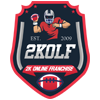
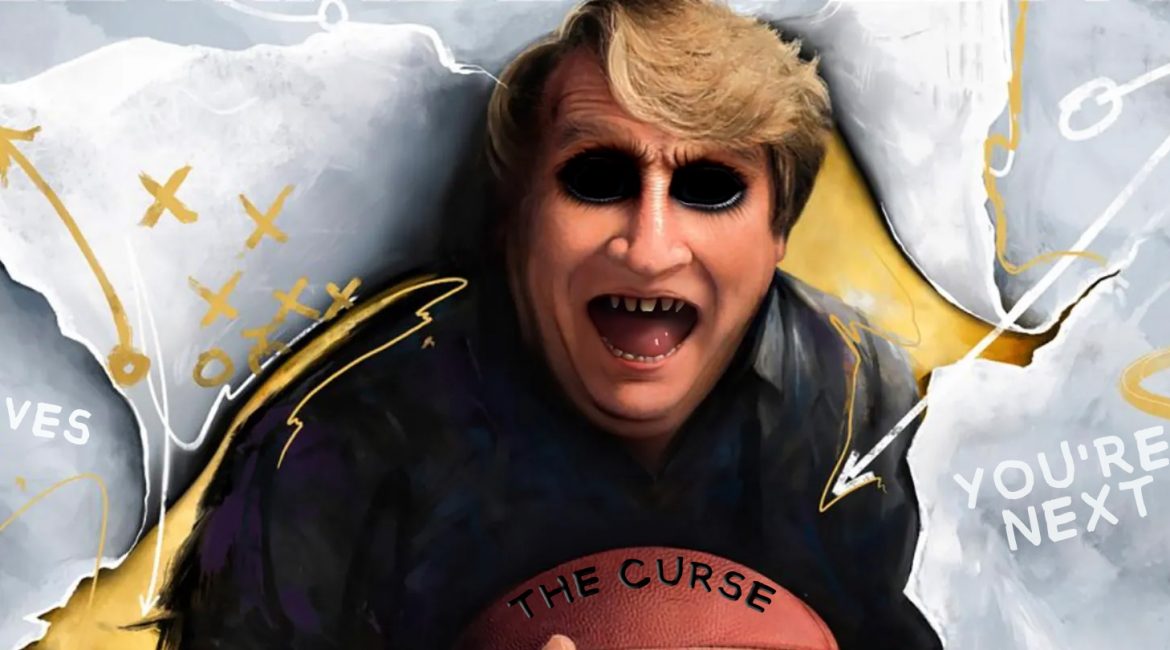
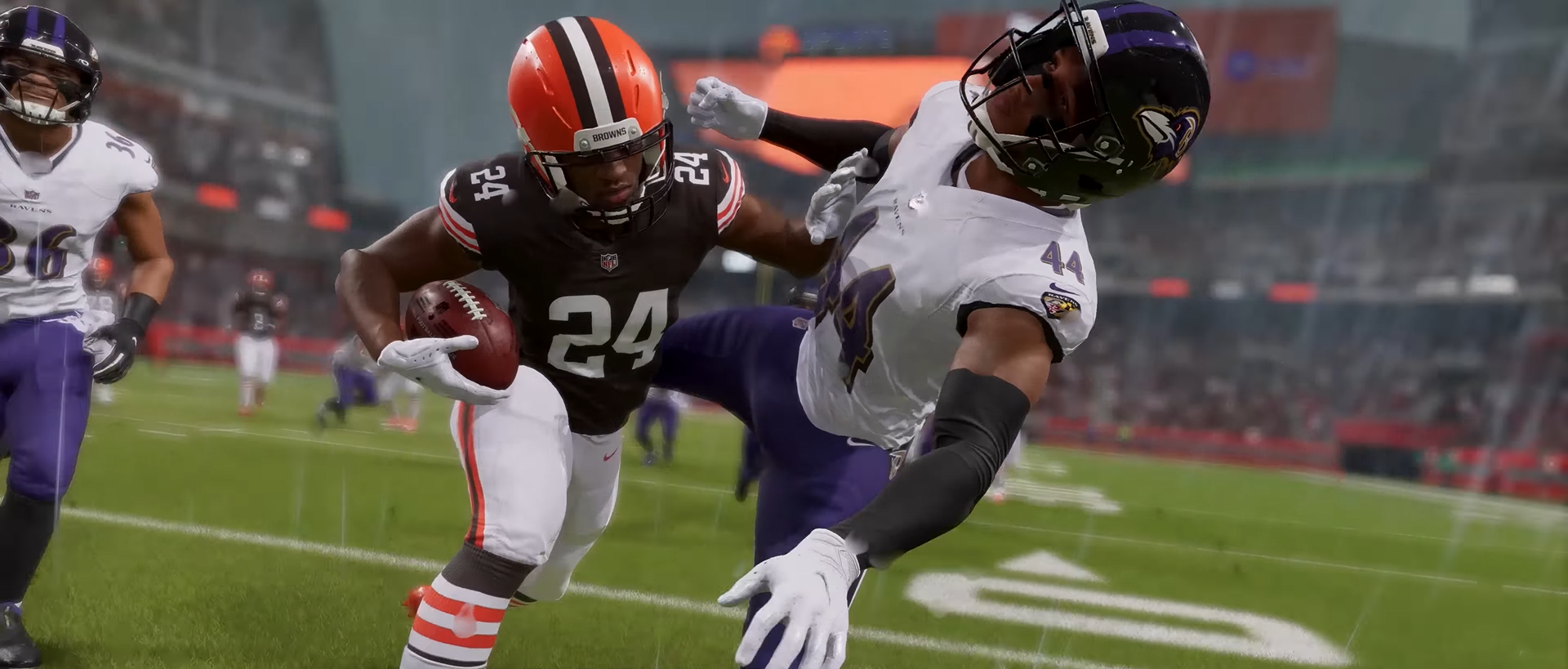
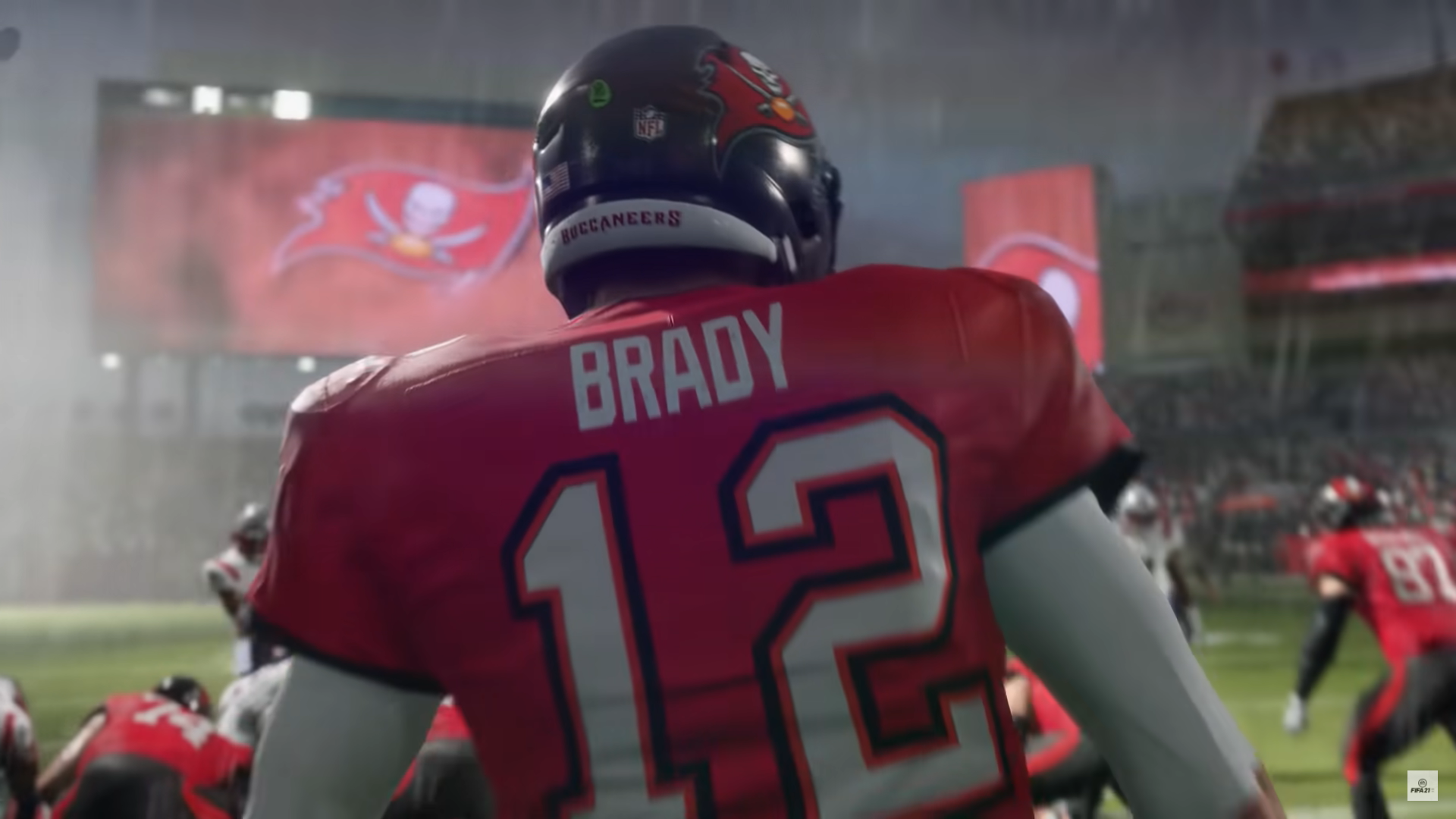
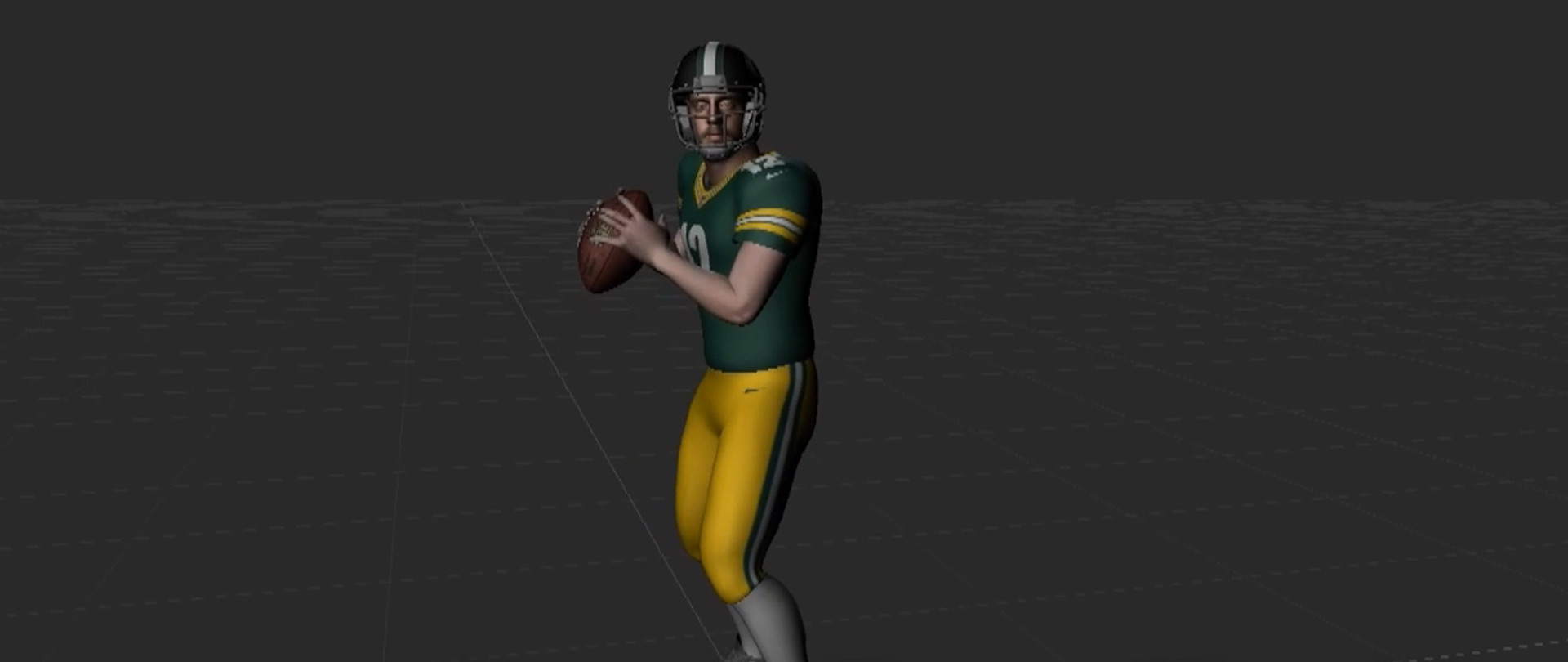
The “curse” results aren’t exactly fun, but it’s always entertaining to talk about! I think it’s just a weird coincidence. Who’s up for putting Mahomes on next year’s cover? Or maybe… Ms. Travis Swift?
Don’t put mahomies!!! He won the super bowl last time! Put dak and Jerry on that bad boy! Maybe it’ll curse them to not be utter garbage.
Damn, that curse is no joke! It got CMC this year.
I never knew about how the curse started, thanks sick!